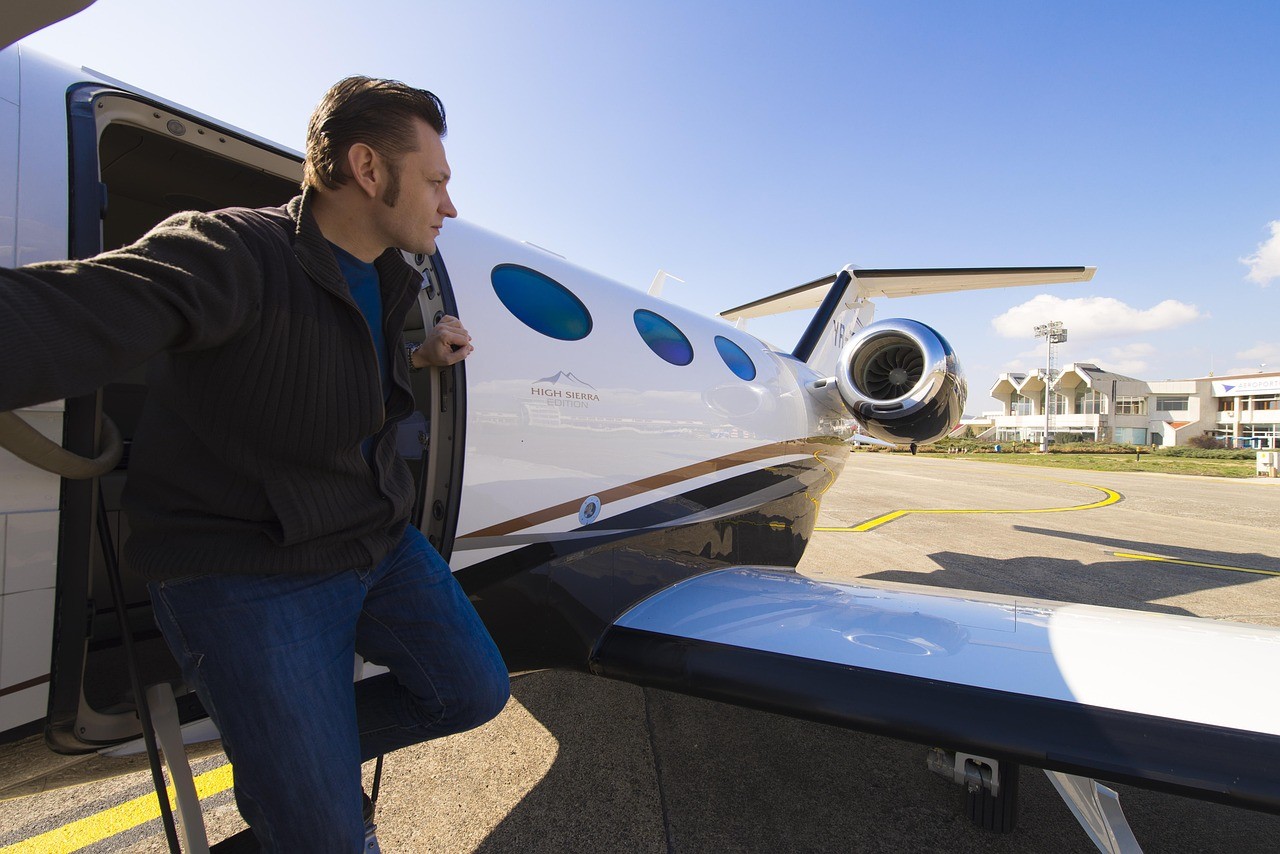
19 Feb Eco-Luxury in the Skies: Sustainable Innovations in Private Aviation
Eco-Luxury in the Skies: Sustainable Innovations in Private Aviation
Private aviation has always been a symbol of exclusivity and comfort. However, concerns over climate change have pushed the industry toward sustainability. Today, Eco-Luxury in the Skies: Sustainable Innovations in Private Aviation, combining opulence with environmental responsibility.
Sustainable Aviation Fuel (SAF): Reducing Carbon Footprint
One major breakthrough in private aviation is the use of Sustainable Aviation Fuel. SAF is produced from renewable sources like waste oils and agricultural residues. It can cut greenhouse gas emissions by up to 80% compared to traditional jet fuel. Many private jet operators are now offering SAF to environmentally conscious travelers.
Hydrogen-Powered Private Jets: Emission-Free Future
Hydrogen propulsion is emerging as a game-changer in aviation. Companies like Beyond Aero are developing hydrogen-electric jets. These aircraft promise zero carbon emissions and lower operating costs, making them an attractive option for eco-minded flyers.
Electric Vertical Takeoff and Landing (eVTOL) Aircraft: Urban Air Mobility
Electric propulsion is revolutionizing short-distance travel. Firms like Lilium have created eVTOL jets that offer a quiet, emission-free flying experience. These aircraft can reduce a two-hour car ride to a 20-minute flight, cutting travel times while minimizing environmental impact.
Lightweight Composite Materials: Enhancing Fuel Efficiency
Aircraft manufacturers are increasingly using carbon fiber materials to build lighter jets. These materials reduce fuel consumption and emissions. They also enhance the aircraft’s durability, reducing maintenance costs and extending the plane’s lifespan.
Carbon Offset Programs: Balancing Emissions
While cutting emissions is crucial, eliminating them entirely is not yet possible. Many private jet providers, like Sentient Jet, offer carbon offset programs. They compensate for emissions by investing in environmental projects, such as reforestation or renewable energy, allowing passengers to fly guilt-free.
Eco-Friendly Airports: Supporting Sustainable Aviation
Airports are adapting to accommodate greener technologies. Archerfield Airport in Australia is evolving into a hub for eVTOL and hybrid aircraft. Facilities like this are essential to support the transition to sustainable private aviation.
Future Outlook: The Rise of Eco-Luxury Jets
Sustainable innovations are reshaping the private aviation industry. Travelers now seek environmentally responsible solutions without compromising comfort. Hydrogen jets, electric aircraft, SAF, and carbon offsetting are setting new standards. Eco-luxury is no longer a niche but the future of private aviation.



